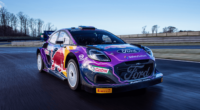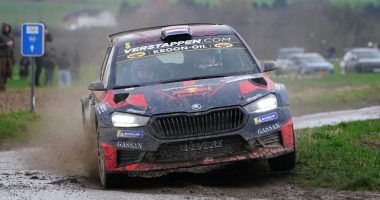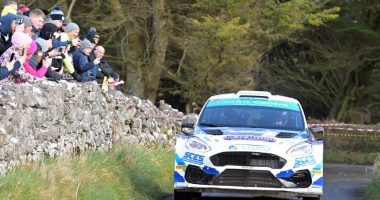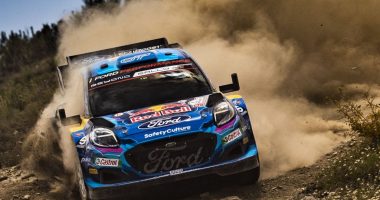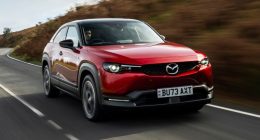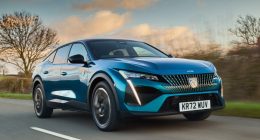The Plug-in Hybrid systems fitted to current day road cars are pretty straightforward and have been doing the rounds for the best part of a decade now.
Advances in engineering means the average distance someone can expect to cover from a single charge of their vehicle’s onboard battery is anywhere between 30- and 40-miles, with the ‘regenerative braking’ process doing its bit to keep the cells topped up.
In short, when the car slows down this process collects kinetic energy that would otherwise be lost as heat and directs it back into the battery where it becomes potential energy – energy that can be used there and then, or at another time.
The energy stored in the battery pack of a production car can also be used to supplement the petrol engine for overtakes when a burst of extra power is called for by the driver. This is a concept set to be mirrored by the World Rally Championship’s new Rally1 cars, although how this extra energy enters the competition equation, and when exactly, is altogether very different.
When Rally1 cars are in full electric mode – something that is initiated by the driver according to instructions contained within their road book – they will be able to travel up to 6-miles, with the battery’s power restricted to 50% to preserve energy stores.
“Some of these roads are marked as ‘Hybrid Electric Vehicle (HEV) Zones’ in
the roadbook,” the World Rally Championship Promoter explains. “The driver switches off the turbo engine [and] the car goes silent again.
“Leaving the city and continuing on country roads, the combustion engine
comes to life again. Every time the driver brakes or coasts, the hybrid system recuperates energy normally lost and recharges the battery pack.
“The motor-generator unit (MGU) additionally brakes the car and charges the battery. The goal is to reach 80% state of charge (SOC) when the car
reaches the special stage.”
When crews reach the start of the stage the picture becomes a little more complicated, with a number of pre-defined strategies available. So, it isn’t like Formula One where drivers rely on a “push to pass” mechanism. Taking advantage of this exta shove in the WRC require more thought.
Teams will be able to create up to three personalised ‘maps’ to decide how to deploy the 100kW hybrid power during a special stage. “These maps will be based on driver input only [by using the] throttle pedal and brake,” the WRC Promoter continues.
“They will allow the release of energy in a way that is tailored to the driver’s style and the road conditions. The amount of power released with each press of the throttle will be decided by the length of the stage and the battery’s state of charge.

“For example, a short stage and a full battery means the electric power can be delivered longer with each throttle application. A long stage means there is less energy available with each use of the throttle.
“To reuse hybrid boost, a driver must accumulate enough regeneration energy to create what is called a ‘valid regen’. After each valid regen and the next time the driver presses the throttle, electric power will be available, depending on the parameters selected by the choice of map.
“When the lights go green at the stage start, the driver can use the full power of the 100kW electric motor and the 380hp of the turbo engine to send the car blasting off the line. This ‘Stage Start Mode’ is available for a maximum of 10 seconds, or until the driver either releases the throttle or hits the brake pedal for the first time.
“During the stage, it’s up to the driver to use the electric power stored in the battery pack as efficiently as possible according to individual strategies stored in the engine control unit (ECU).
“In ‘Stage Mode’, energy is used under acceleration and restored under braking. To be able to again use hybrid boost, the driver must accumulate enough regeneration energy through braking.
“The recuperation by braking is limited to 30kW, no matter how hard the driver brakes. On the other hand, the power available under acceleration is 100kW.
“So, over the length of a stage, battery power will deplete. When the Rally1 car flies through the stage finish and comes to a standstill at the stop control a few hundred metres later, the entire process starts again.”

